by
Jackie Spafford and Mark Hinchman, SAHARA Co-Editors | Feb 16, 2023
Roman architect Marcus Vitruvius famously wrote that architecture is a building or object that is structurally sound, functional, and beautiful—or firmitas, utilitas, and venustas. The arch exemplifies this, with its wide-ranging use, placement in buildings, and the innumerable materials that constitute its many iterations. Theorists from the time of Vitruvius forward argued about what constituted the correct arch, its dimensions and proportions, and controversially—was an arch a wall element, or could it spring from a pair of columns? Was a Gothic arch somehow superior to a Romanesque arch? This month’s Highlights is an exploration of the basic architectural element of the arch, looking broadly across geography and chronology. Ten photographers made these contributions.
Please consider making your own contributions to SAHARA.
To see more SAHARA content: sahara.artstor.org/#/login
To learn more about contributing, visit: sah.org/sahara
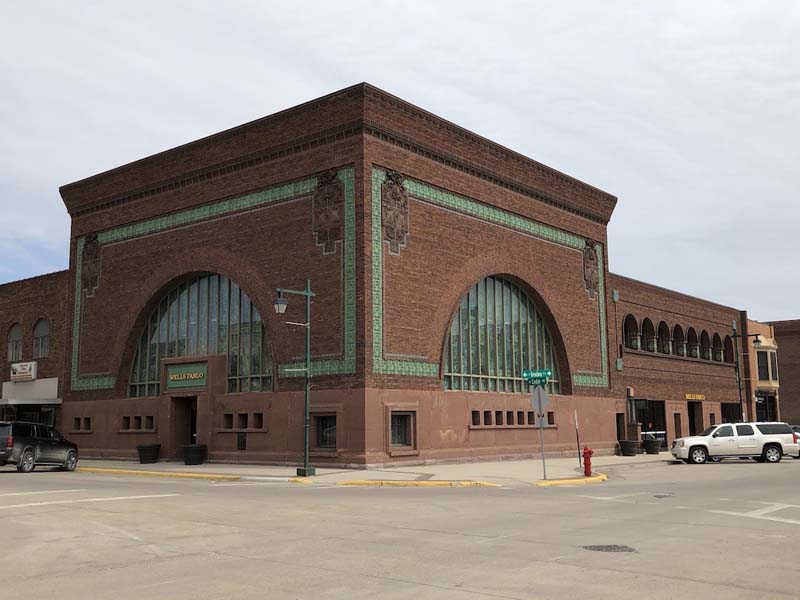
Louis Sullivan and George Grant Elmslie, National Farmers Bank, Owatonna, Minnesota, 1906. Photograph by Ana Esteban-Maluenda. As one of the originators of the Chicago School skyscrapers, Sullivan was well aware of the arch’s importance as a structural element, and he explored its decorative effects.
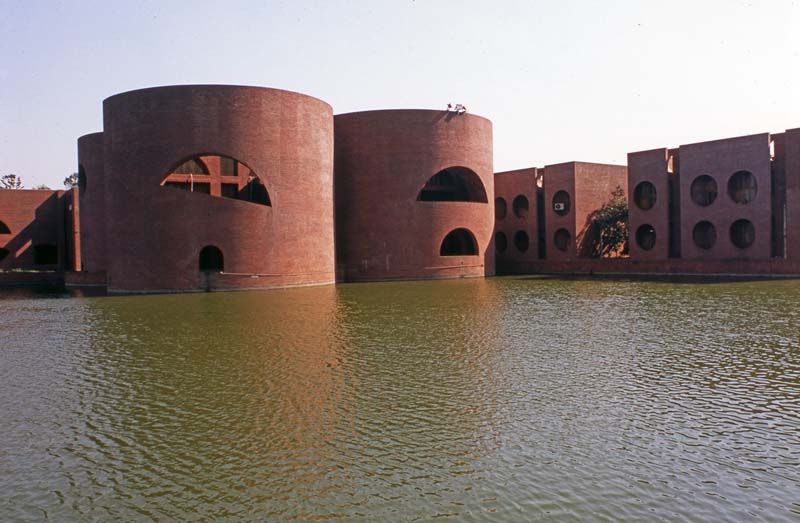
Louis Kahn, Bangladesh National Parliament, Dhaka, Bangladesh, 1959–1982. Photograph by Gerald Moorhead, 2012. One of Kahn’s many design strategies that lends his works a timeless air is his reliance on the arch.
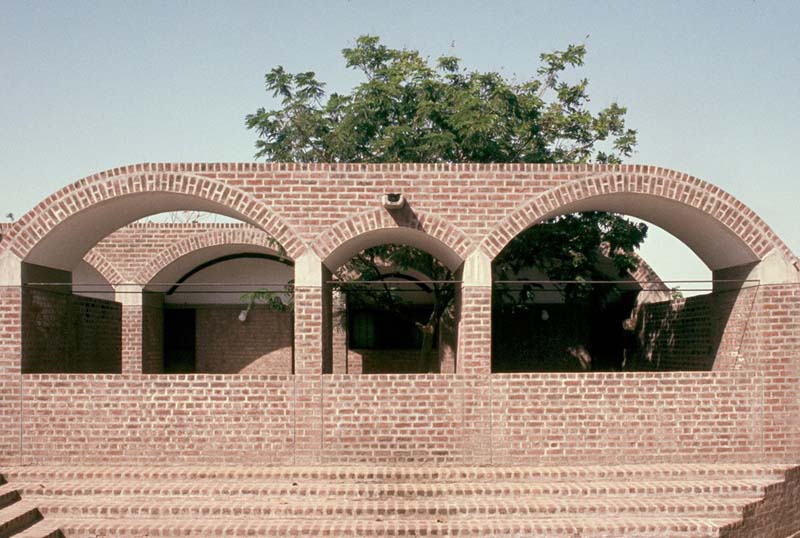
Balkrishna Doshi, Ahmedabad Textile Industry, Ahmedabad, India, 1961. Photograph by Peter Serenyi. Doshi’s work makes the difficult achievement of relating to the history of Indian architecture as well as making a nod to the American architect he admired, Louis Kahn.
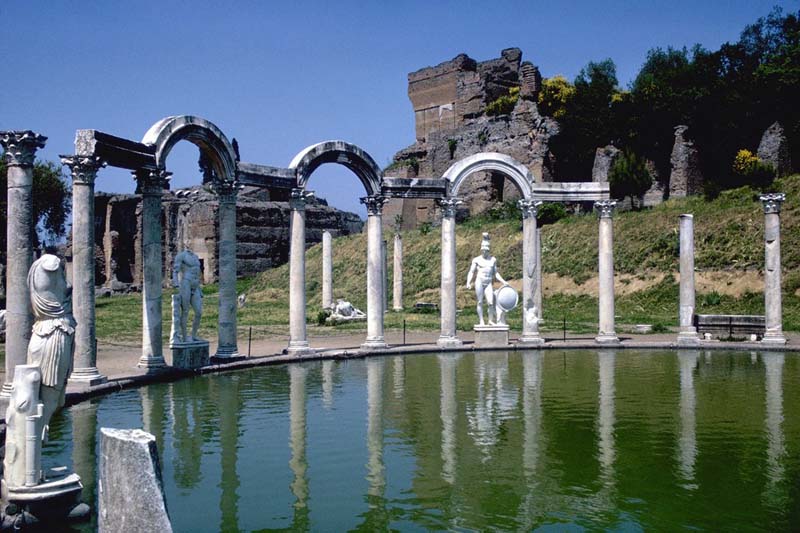
Canopus, Hadrian’s Villa, Tivoli, Italy, 118–138 CE. Photograph by William Kessler, 1965. The Greeks had the arch, but they didn’t use it this way, springing from columns. What makes this composition even more mathematically challenging is that the arches here are circular in plan as well as in elevation.
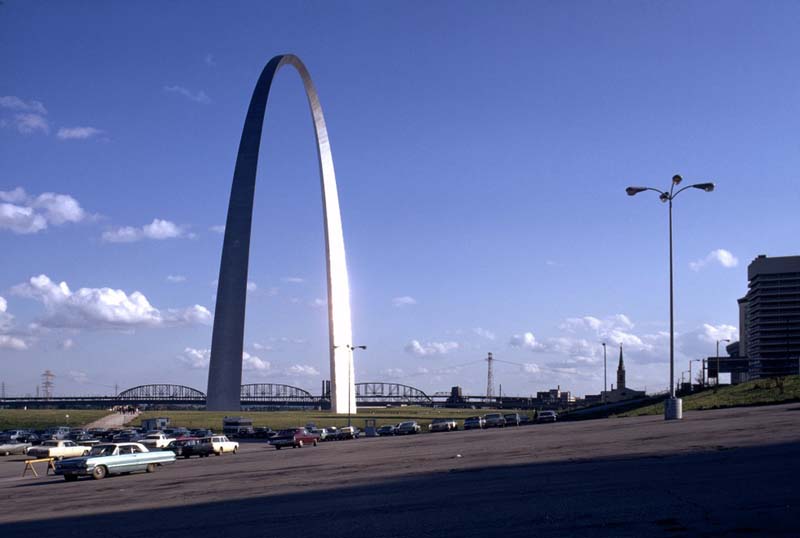
Eero Saarinen, Gateway Arch, St. Louis, Missouri, 1968. Photograph by George Everard Kidder Smith, ca 1970s. The photographer, Smith, was trained as an architect and wrote a book about architectural photography.
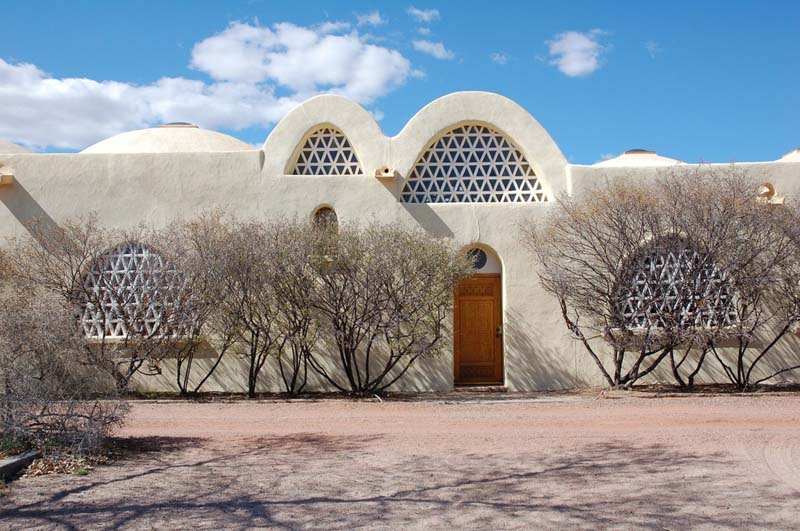
Hassan Fathy, Dar al Islam, Main Building, Abiquiú, New Mexico, 1980. Photograph by Jacqueline Spafford, 2012. Abiquiú is about a two-hour drive from Albuquerque, the site of the SAH 2024 Annual International Conference. This is the Egyptian architect’s only project in the United States.
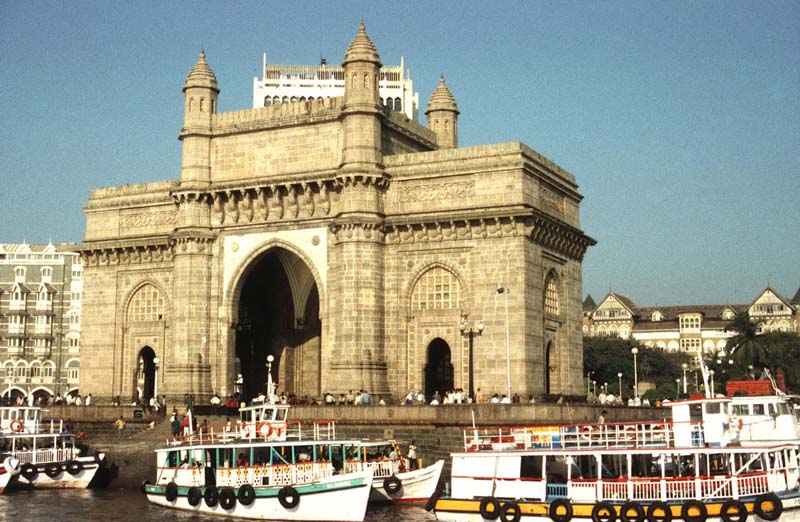
George Willet, Gateway of India, Mumbai, India, 1922. Photograph by Lauren Soth. The Roman Triumphal Arch has had multiple iterations across millennia, this one built to memorialize the landing of King George V and Queen Mary. In the best spirit of eclecticism, its style is known as Indo-Saracenic.
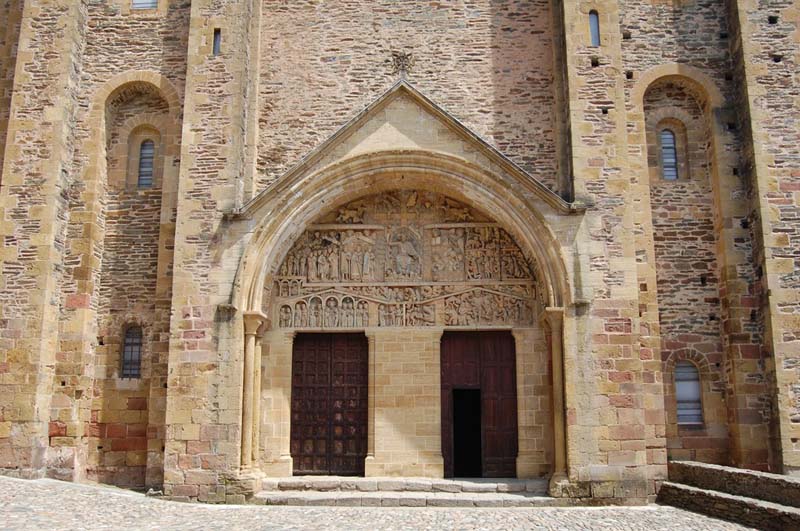
Unknown. Abbey Church of St. Foy de Conques, Conques, France, 1051–1120. Photograph by Lisa D. Schrenk, 2009. This is a prime example of French Romanesque, in all its simplicity and splendor.
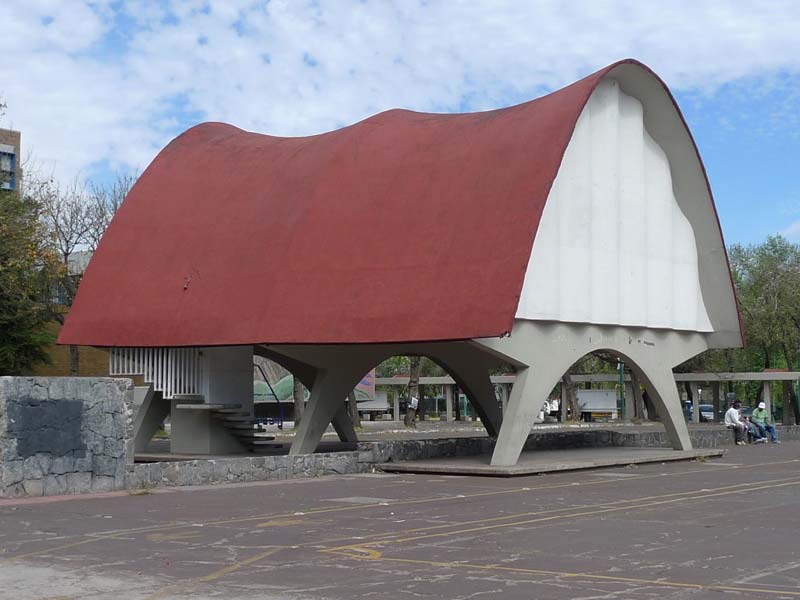
Félix Candela, Cosmic Rays Laboratory, Universidad Nacional Autónoma, Mexico City, Mexico, 1952. Photograph by Gabrielle Esperdy, 2009. Candela’s thin-shelled concrete domes were precursors to the parabolic shapes that computer-aided drafting made possible. Visible arches support the structure.
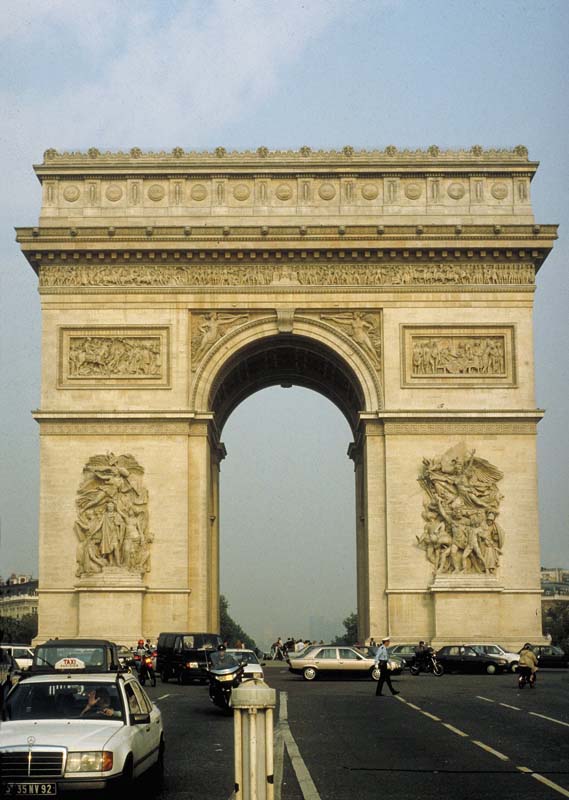
Jean-François-Thérèse Chalgrin, Arc de Triomphe de l’Etoile, Paris, France, 1806–1836. Photograph by Allan T. Kohl, 1990. This building, itself inspired by Roman originals, was the inspiration of #7, and the Arc de Triomphe of Vientiane, Laos (and countless others).